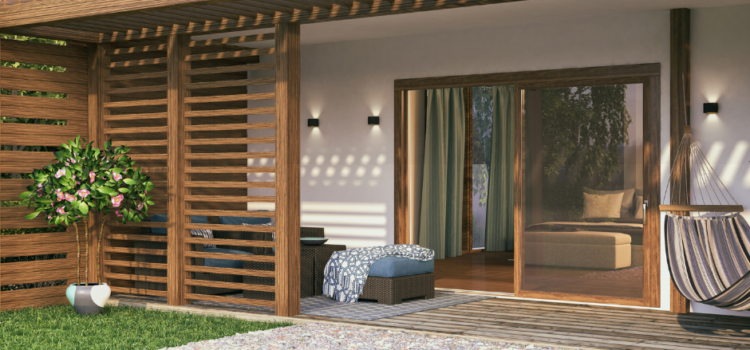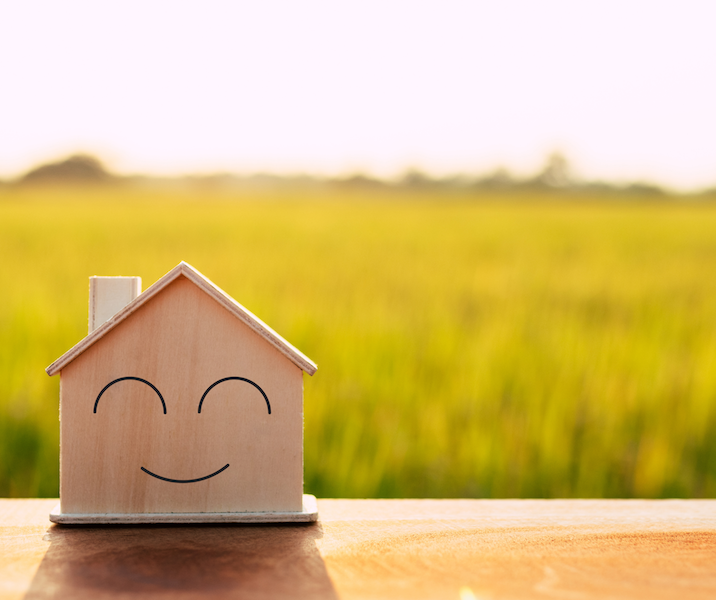Tiny Homes, Big Impact: Costa Blanca Embraces Sustainable Living with Rural Land Allocations and Eco-Friendly Designs
The Tiny House Movement Costa Blanca: Downsizing & Environmentally Friendly Living
The tiny house movement is a social and architectural phenomenon that has gained popularity in recent years. It is a growing trend of downsizing and simplifying one’s living space to a small, efficient, and often mobile dwelling. The movement has been driven by a variety of factors, including environmental concerns, economic constraints, and a desire for more freedom and mobility.
The typical tiny house is defined as a living space that is under 400 square feet in size. These houses can be built on a trailer or on a foundation, depending on the owner’s preference. They are designed to maximize the use of space and often feature multi-functional furniture, such as a sofa that converts into a bed or a table that folds down to create additional workspace.
One of the primary motivations behind the tiny house movement is the desire for more sustainable and environmentally friendly living. Tiny homes use fewer resources and produce less waste than traditional homes, which can have a significant impact on the environment. Additionally, the smaller footprint of tiny homes makes it easier to incorporate renewable energy sources like solar power.
Another motivation for the tiny house movement is financial freedom. The cost of traditional homes has risen significantly in recent years, making it increasingly difficult for many people to afford a home. Tiny homes offer an affordable alternative, with prices typically ranging from €10,000 to €50,000 depending on size, materials, and features.
Finally, the tiny house movement is also driven by a desire for more freedom and mobility. Tiny houses can be built on a trailer, allowing owners to take their home with them wherever they go. This flexibility can be especially appealing to those who enjoy travel and adventure, or those who want to live a more minimalist lifestyle.
Despite its many benefits, the tiny house movement also faces challenges. One of the biggest obstacles is zoning and building codes, which can vary significantly from place to place. Many areas have minimum square footage requirements for homes, making it difficult to build a legal tiny home. Additionally, some tiny homes may not be suitable for those with physical limitations or large families.
Overall, the tiny house movement represents a growing trend towards simple, sustainable, and affordable living. As the movement continues to gain momentum, it will be interesting to see how it evolves and how it shapes the future of housing.
It’s worth noting that in addition to the tiny house movement, there are also initiatives in certain areas that are encouraging sustainable and off-grid living. For example, in the Costa Blanca region of Spain, certain councils are allocating rural land for building provisions for those who wish to have a retreat or second home in the countryside, powered by solar energy.
This initiative is aimed at promoting sustainable and environmentally friendly living, as well as supporting rural communities and providing an alternative to traditional urban living.
These rural communities can provide an opportunity for people to escape the stresses of urban life and enjoy a simpler, more natural way of living. They can also help to preserve traditional rural communities and support local economies.
However, it’s important to note that building on rural land can be subject to strict regulations and planning permission requirements. It’s important to do thorough research and consult with local authorities before embarking on any building project.
Overall, the allocation of rural land for sustainable living initiatives is a promising trend that can offer an alternative to traditional urban living and help to promote a more sustainable future.
Tiny houses can also be built in your garden, subject to local planning permission, and can serve a variety of purposes such as guesthouses, vacation rentals, or additional living space.
Building a tiny house in your garden can be a great solution for those who need extra space but don’t want to move or add an extension to their existing home. It can also be a way to generate additional income through vacation rentals or long-term rentals.
When building a tiny house in your garden, it’s important to consider factors such as zoning laws, building codes, and safety regulations. Local planning departments can provide guidance on these issues and help ensure that the tiny house is built to code and is safe for occupancy.
In some areas, there may also be restrictions on how the tiny house can be used. For example, it may only be allowed to be used as a guesthouse or vacation rental, and not as a permanent residence. It’s important to research these regulations and restrictions before building a tiny house in your garden.
Overall, building a tiny house in your garden can be a creative and cost-effective way to add additional living space or generate extra income. As with any building project, it’s important to do thorough research and work with professionals who are familiar with local regulations and requirements.
Handyman Costa Blanca can assist with connecting people with local architects who are familiar with the latest building regulations for tiny homes. It’s important to work with professionals who are knowledgeable about the specific requirements and regulations in the area to ensure that the building process is legal and safe.
Architects can also help to design a tiny home that meets the specific needs and preferences of the owner, while still complying with building codes and regulations. They can provide guidance on materials, structural requirements, and energy-efficient design features to ensure that the tiny home is safe, comfortable, and environmentally friendly.
Working with a local architect can also provide additional benefits, such as access to local suppliers and contractors, who are familiar with the specific climate and environmental conditions of the area.

Everything Home and Garden: Exciting New Products and Services to Enhance Your Home and Garden Experience”


